With runtimes of several hours and average shot lengths stretching across multiple minutes, slow cinema takes its time. But what it has to say is made all the more powerful for it.
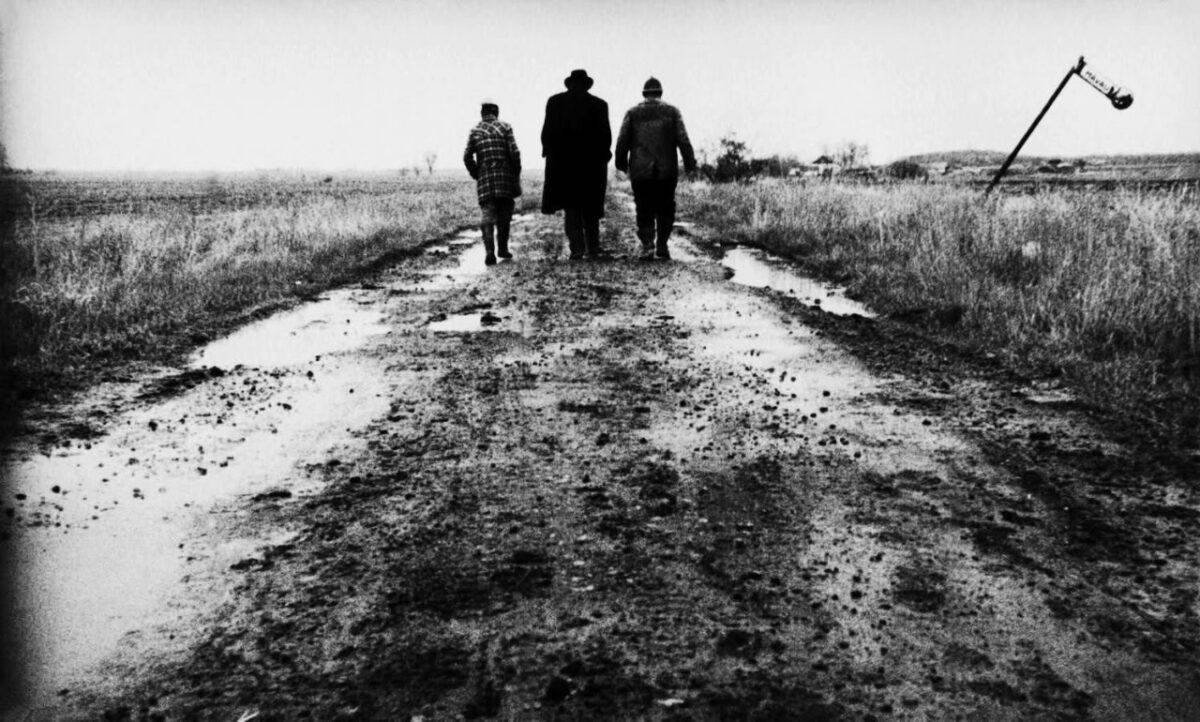
Last year, Bohemian Rhapsody won an Oscar for Best Editing, prompting a huge backlash from its critics. Quite rightly, they pointed out the choppy cuts, aggressive montage, and generally incoherent sequences with way, way too many shots in them.
Bohemian Rhapsody’s crush on the cut is by no means unique, however. Many studies show that as budgets get bigger and stakes get higher, the average length of each shot goes down. Suffice to say, the movies are getting faster.
You might be wondering why this matters. To explain, we’re going to delve into film theory, and talk about realism.
When to Cut
Almost as a rule, films are edited according to the idea of ‘montage’. While this term is generally used in the context of epic ‘training montages’ of Rocky IV fame, it actually has a much broader meaning. Montage just refers to the combination of shots (durations of camerawork at various angles, and containing various movements of bodies and the camera itself) and cuts (when these sequences end, and how the next shot relates to what came before).
There’s no hard and fast rule about how many, or how few, cuts an editor has to employ to make a story work. Generally though, more cuts = more information for the viewer to have to process. Every time a film cuts, the viewer has to readjust to the new angle, sequence and so on.
This sequence from Bohemian Rhapsody cuts a staggering twenty times in the first 34 seconds – a sequence that shows the band waiting for a meeting with an industry giant and commenting on Freddy Mercury’s extravagant jacket.
The effect is exhausting for the viewer. There are far too many cuts, and few, if any, are actually necessary to the scene as a whole.
Compare what we just saw to this famous scene from Goodfellas, where the camera doesn’t cut away at all:
Here the camera becomes almost like a third character, carefully tracing the two characters’ shortcut through the kitchen and into the club with an elegance and precision that has become legendary. This long take embodies the power of duration, and is part of cinema’s enduring love of these kinds of shots.
The Legacy of the Long Take
This kind of shot is celebrated for a good reason. To put it in simple terms, long takes more closely resemble how we experience reality. Our day-to-day lives are essentially just extended first-person long takes, cut only when we experience unconsciousness. In the real world, we don’t get to just cut away and get to the action – things are slow, thoughtful and often tedious.
For almost as long as we have had cinema, directors have recognised that there is a strong relationship between the long take and realism. The late great film critic André Bazin asserted that cinema provides the viewer with an impression of reality, and that it was at its most powerful when it most closely resembled it. The post-war cinema of France and Italy embraced a Neo-Realist style. Directors like Roberto Rossellini chose to use cinema as a means of representing the confused, fractured lives of unremarkable, ordinary people living in the towns and cities of Europe.
Obviously, cinema hasn’t, and doesn’t, have to do this all the time. The medium has evolved significantly since the 1950s. But the fundamentals of filmmaking haven’t changed, and the enduring legacy of this period is still evident today.
Contemporary Hits
Alfonso Cuaron’s film Roma focuses on the life of a Mexican domestic servant quietly caring for a family that is falling apart, set in Mexico City in the 1970s. It opens with several minutes of her sweeping and mopping the opulent house. The film is full of extended sequences, both upbeat and harrowing; they are given their emotional weight in no small way due to their use of these long takes.
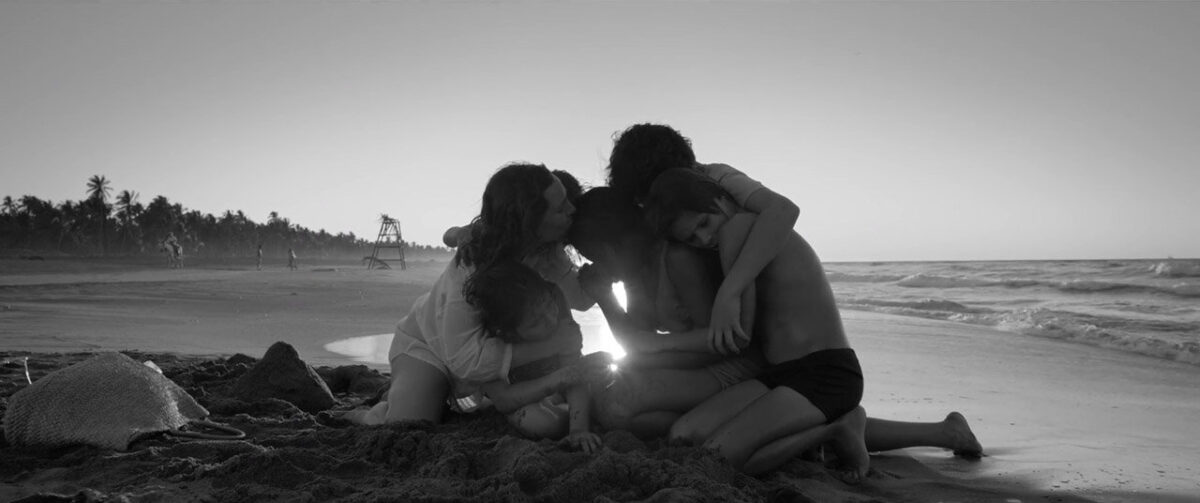
Cuaron is undeniably famous for his use of this technique. It appears frequently in his other works like Children of Men, Gravity or Y Tu Mama Tambien (and arguably also Harry Potter and the Prisoner of Azkaban (definitely the best one, incidentally)). But he is by no means the only director still working to use it.
Sam Mendes’ 1917 was acclaimed for its extreme shot duration, with battle sequences stretching well into the nine-minute mark. Denis Villeneuve’s legacy sequel Blade Runner 2049 uses many very extended shots to establish its elaborate and experimental sets. Alejandro G. Iñárritu used a series of clever cuts and editing to create the illusion of a single uninterrupted shot in Birdman. More obscure directors like Gaspar Noé also recognise the power of the long take; in house-party-turned-drug-induced-nightmare Climax, continuous long takes and a constant booming score of electronica shows a descent into madness in real time.
But by and large, these are all mainstream films, with mainstream audiences, and with mainstream budgets. What if we were to look even further, to go to the logical extreme of this technique, and see what we find?
Slow Cinema
The concept of ‘slow cinema’ has existed in some form or another for several decades. Rejecting the materialist cinema of Hollywood and its equivalents in other markets, many directors, such as Andrei Tarkovsky, Chantal Akerman and Yasujirō Ozu sought to use time as a weapon, using duration as a means of casting a stark light on the suffering and helplessness of downtrodden people. The term ‘slow cinema’ has been derided as being anachronistic and of creating a binary between normal, fast and marketable cinema and its opposite. By and large, it is still a useful term, as there is definitely a distinct style to be looked at here.
The Turin Horse
A relatively recent example of slow cinema is The Turin Horse, directed by Béla Tarr in 2011. Set in a tiny house in rural Hungary, it follows a young woman and her semi-paralysed father going through their daily pastoral routine. Outside, a howling gale blows the world away around them. Where many stories of apocalypse follow brave individuals fighting to prevent it, or trying to save their loved ones, our two central characters are only concerned with the bitter hardships of their daily lives.
Over the course of two and a half hours, we watch as the young woman dresses the old man, fetches water from the well, tries in vain to get the horse to eat, and sits in silence by the window. Minimal narration and a single dour cello melody are the only breaks in their misery. In a kind of reverse Genesis, the world is unmade over six days. However, we do not see beyond the confines of the little valley where they live. As things literally fall apart, all they can do is try to stay alive, and sit in silence.
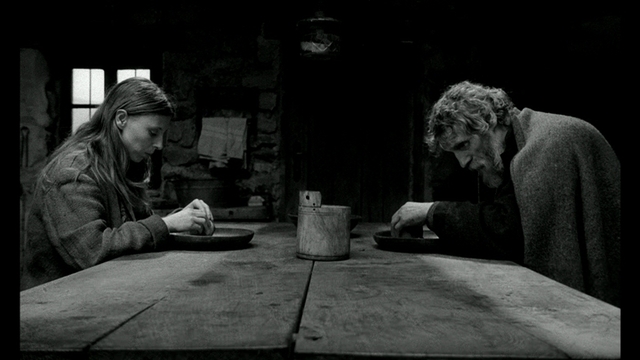
It may sound unrelentingly bleak. But for a viewer who is willing to commit, it offers a radically new type of cinema experience. The length of every shot gives The Turin Horse an almost documentary-like feeling, filled with vivid and painful realism. Watching this film, one is pinned in place with a sense of listlessness and defeat. The little moments of fragile beauty amid a sea of darkness make this a truly remarkable piece of art.
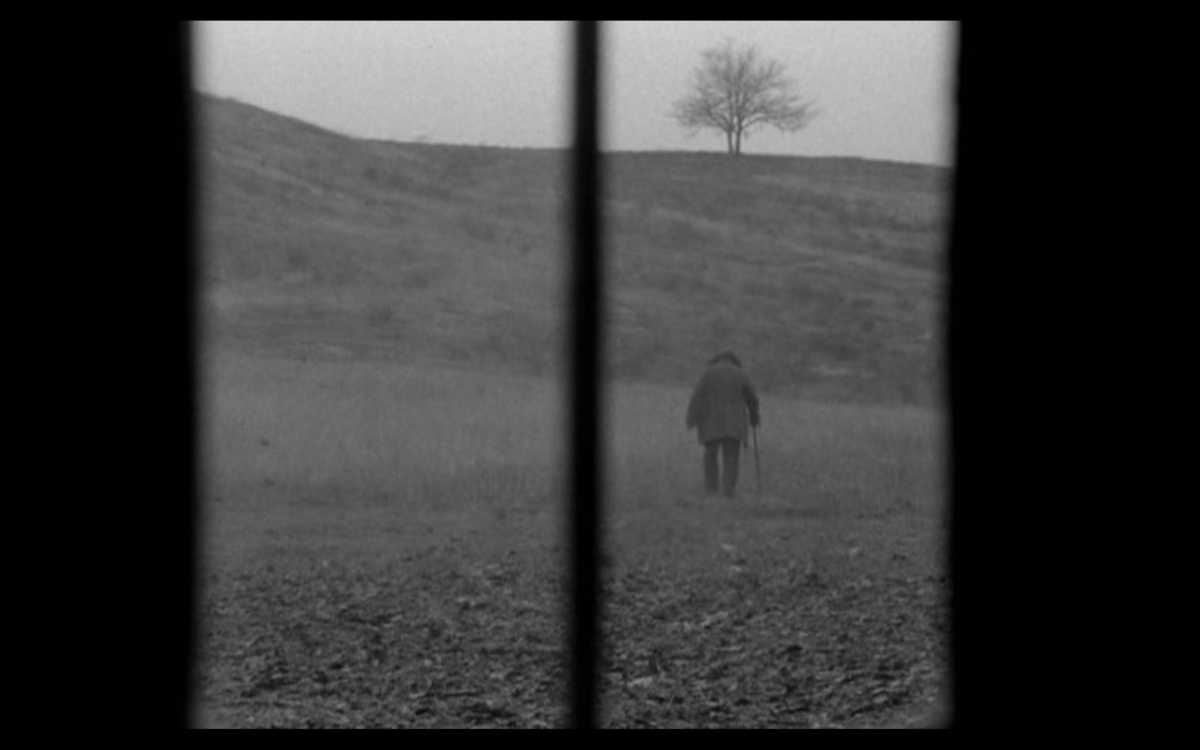
Jeanne Dielman
Another significant work of slow cinema is Chantal Akerman’s mysterious feminist masterpiece, Jeanne Dielman, 23, quai du Commerce, 1080 Bruxelles, (commonly known as Jeanne Dielman). It tells the story of Jeanne, a single mother who lives a tightly controlled and hyper-domestic existence. Her schedule consists of alternately cooking for her and her son, and having sex with male clients in the afternoon. In this work, time takes on its own spatial qualities.
We observe at great length her compulsive cleaning and tidying of the small apartment where she resides. She peels potatoes and tries to get her coffee blend right under the gentle hum of the refrigerator. We become deeply, profoundly ingrained in her daily life, and as time drifts by, we become intimately familiar with the time and space she is confined to.
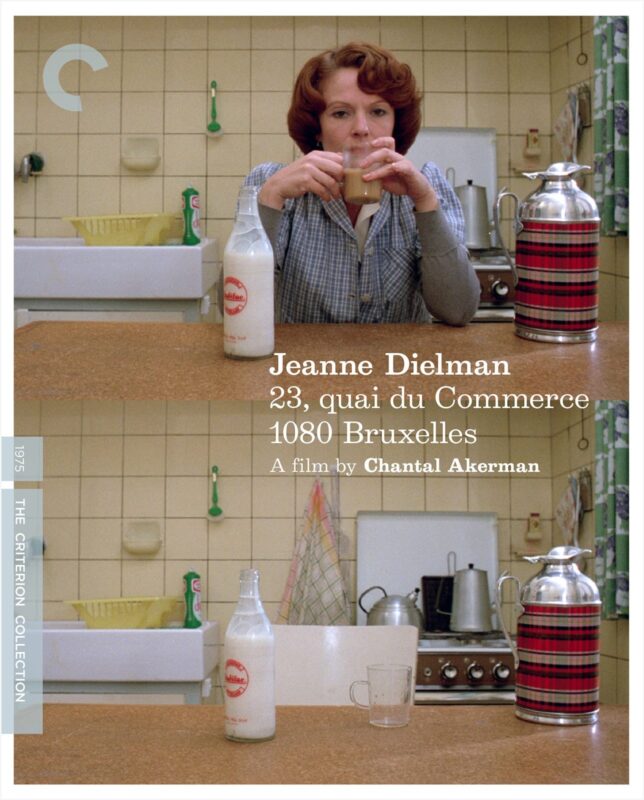
Careful diligence is paid to the ongoing feeling of slowness here. Rather than focusing on sex, or dramatising her relationships with her son and neighbour, the film gives its reverence to traditionally boring, unremarkable tasks. Instead, it allows her to take her time, and portrays her in the fullness of her character. All that is omitted is the actual act of sex itself. This rejects the traditional urge towards sexualisation of female characters in cinema.
But all is not well, and as the film slowly ticks by, we watch her routine begin to unravel. Because Jeanne is not in control, not really. We’ve studied her movements and habits so closely that we notice when things start to slip. She is unable to escape the prison of her own domesticity, with tragic and dramatic results.

Such is the power of slow cinema – the act of overcooking a pot of potatoes can have more emotional weight attached than million-dollar set pieces or sweeping Hans Zimmer foghorn blasts. And this power is due in many ways to the immense weight of time.
The Goal
Slow cinema demands more than normal cinema from its viewer. It demands time, attention and patience. Long sequences may see very little happen, while others are repetitive and uneventful. If one is looking for casual entertainment, this is not the genre to find it in.
If one is willing to persevere, though, the kinds of stories that are told are radically different to conventional ones. They tell stories of quiet, confused people, far removed from the glamour and spectacle of Hollywood. Slow cinema is political for its proximity to the destitute and the disaffected. It disdains the frantic pace of middle-class capitalist life in favour of the agonising slowness of poverty and exile.
By taking the time to really look and listen, this mode of seeing allows us to take a moment, slow down and empathise.
Subscribe to FIB’s Weekly Alchemy Report for your weekly dose of music, fashion and pop culture news!






